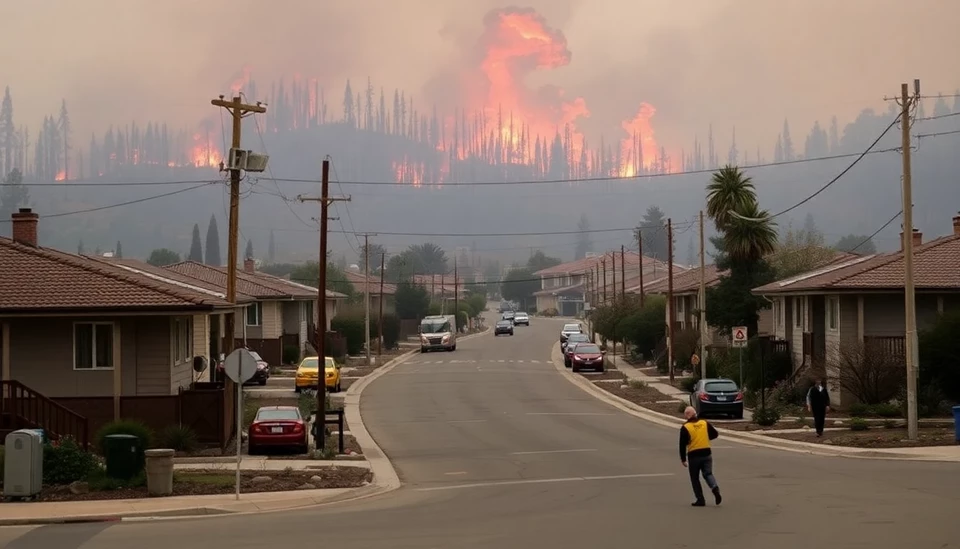
In a state historically plagued by devastating wildfires, California is now witnessing an innovative shift in its approach to managing wood waste, giving birth to a burgeoning new economy fueled by the need for better forest management and sustainability. As wildfires continue to ravage vast swathes of land, the state is not just focusing on fire suppression but is also embracing a multifaceted strategy to repurpose the timber and vegetation destroyed by these catastrophic events.
California's wood waste economy is fundamentally a response to the increasing frequency and intensity of wildfires, exacerbated by climate change. With millions of acres of forest land affected, the challenge has shifted from merely fighting flames to finding viable solutions for the massive amounts of wood debris left in the aftermath. Consequently, entrepreneurs and companies are stepping in to convert this waste into valuable products, from biomass energy to lumber and wood chips.
A range of stakeholders are now engaging in this new economy. Local governments, nonprofit organizations, and private enterprises are collaborating to create an ecosystem that promotes both environmental sustainability and economic revival. Communities affected by wildfires are beginning to see job creation and new business opportunities emerge from the ashes. For instance, companies that specialize in the processing of wood waste are experiencing increased demand as they turn what would typically be a burden into an asset.
One notable initiative involves converting cut-down trees and other wood debris into bioenergy, which can fuel homes and businesses. Many regions are investing in bioenergy facilities that process wood waste into renewable energy sources, reducing reliance on fossil fuels and minimizing greenhouse gas emissions. This shift not only helps combat the energy crisis but also supports California's ambitious climate goals.
Another impact of the new wood waste economy is the potential for high-quality lumber. After wildfires, salvaged timber can be repurposed into construction materials, which not only helps rebuild communities but also advances sustainable building practices. This practice contributes to a circular economy where resources are reused, minimizing waste and environmental impact.
Experts believe that the integration of wood waste solutions is essential for California's long-term resilience against wildfires. By addressing the excessive fuel load that contributes to these disasters, the state can mitigate future risks. This strategy aligns with a broader shift towards proactive forest management that seeks to enhance ecosystems while providing economic advantages to local communities.
Despite these promising developments, the new wood waste economy faces challenges, such as regulatory hurdles and the need for adequate funding. Stakeholders are advocating for policies that support the expanded use of wood waste, promoting a push towards better infrastructure and resources to keep pace with the growing demand. As this unique economy takes shape, it promises not only to change how California addresses its wildfire crises but could also serve as a blueprint for other regions facing similar environmental challenges.
As California navigates through this dual crisis of wildfires and climate change, the emergence of a vibrant wood waste economy stands as a testament to the state’s resilience and innovation. Communities are beginning to view wood waste not as a significant liability, but as an opportunity for recovery and growth, setting a precedent for sustainable practices in the face of adversity.
In conclusion, California's novel approach to managing wood waste amidst its wildfire crisis serves as an inspiring case study. By transforming a challenge into an impetus for economic development and environmental stewardship, the state is paving the way for a sustainable future.
#CaliforniaWildfires #WoodWasteEconomy #SustainableSolutions #RenewableEnergy #EcoInnovation
Author: Peter Collins




